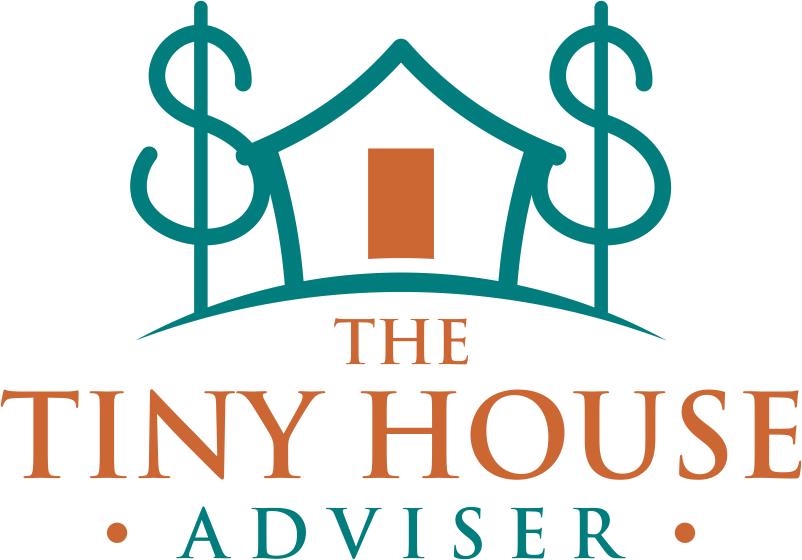EP 17: Minimalist Living, Maximal Impact: How to Pair Tiny Living with Charitable Giving with John Cullum
Minimalism is more than just a trendy lifestyle; it’s a powerful way to transform your life and the world around you. By living with less, you can free up resources to focus on what truly matters, such as contributing to meaningful causes. In this episode of Less House More Moola, John Cullum, Senior Charitable Estate Planning Advisor at the American Heart Association, shares how minimalist living and charitable giving can work hand in hand to create a purposeful, impactful life.
What Is Minimalist Living?
Minimalist living is about embracing simplicity and decluttering your life—both physically and mentally. At its core, it involves owning fewer possessions and focusing on experiences and values that bring joy and fulfillment. By living minimally, you can prioritize what’s truly important and shed the unnecessary weight of material possessions.
The Synergy Between Minimalist Living and Charitable Giving
Have you ever thought about how decluttering your life could benefit someone else? Minimalist living naturally creates opportunities for charitable giving. When you let go of the excess—whether it’s clothing, gadgets, or even unused funds—you free up resources that can be redirected to those in need. Imagine the ripple effect: your less becomes someone else’s more.
John Cullum emphasizes that minimalism isn’t about deprivation; it’s about intentionality. When you adopt a minimalist mindset, you become more aware of where your money goes and how it can make the greatest impact.
Benefits of Charitable Giving While Living Minimally
Personal Fulfillment
Giving not only benefits others but also boosts your happiness and well-being. Studies show that charitable acts activate the brain’s reward centers, releasing feel-good chemicals like dopamine.
Community Impact
Your contributions—big or small—can fund essential programs, provide resources, and create opportunities for those in need. For example, donations to organizations like the American Heart Association help fund life-saving research and education.
Practical Steps to Align Minimalist Living With Charitable Giving
Evaluate Your Values
What matters most to you? Take time to reflect on the causes you care about. Whether it’s environmental conservation, education, or healthcare, aligning your donations with your values ensures they’re meaningful.
Research Where to Give
Educate yourself about organizations to ensure your contributions are making a real difference. Tools like Charity Navigator can help you evaluate the impact and transparency of nonprofits.
Create a Giving Plan
Set clear goals for your charitable efforts. For example, decide to donate a percentage of your monthly income or allocate proceeds from selling unwanted items to charity.
John Cullum’s Insights on Purpose-Driven Giving
During the episode, John Cullum highlights the importance of intentional giving. He explains how aligning your charitable actions with your values can amplify their impact. For instance, instead of making sporadic donations, creating a thoughtful giving plan ensures your resources are used effectively.
John also stresses the significance of educating yourself about the organizations you support. By understanding how your contributions are used, you can feel confident that you’re making a difference.
Conclusion
Minimalist living and charitable giving are a perfect pair, each enhancing the other’s impact. By living with less, you create space for what truly matters—helping others and living a purpose-driven life. As John Cullum advises, start small, be intentional, and watch as your minimalist lifestyle transforms into a powerful force for good.
Quotes from the episode
“When you see people giving away money, you’re seeing people at their very best.” - John Cullum
“Go back and look at the things that have motivated you in the past.” - John Cullum
“Once you see that someone benefits from your charitable giving, the dopamine comes back and you get a high from that.” - John Cullum
Subscribe to the podcast
Apple Podcasts | Spotify | Stitcher | Amazon Music | Google Podcasts | RSS
